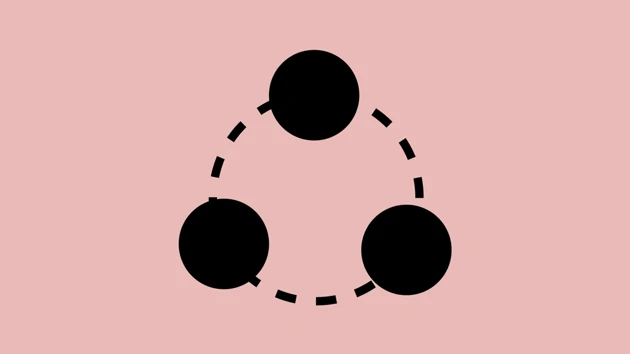Work in a structured way to save time and effort
You can avoid complicated work later by thinking through in advance how to organise your data files. If you also work with others on a project, research data and associated files must be organised and documented in a comprehensible way throughout the project.
Being consistent and structured in how you work with files makes it easier for both you and others. This also makes archiving material easier at a later stage.
Use the University’s template for folder structure
Umeå University has a recommendation for how to create a clear folder structure for your work with research data. A ready-made folder structure simplifies your work with organising research data and associated documents and makes it easier to make research data accessible. Collecting important documents and data in one place makes it easy for you to find them.
Read about and use the University’s folder structure template
Think about how you organise and describe files
Make sure to be consistent in how files are named and organised, for example based on version. Researchdata.se offers good resources where you can read about how to work practically with your data, for example based on file names and versioning.
Folder structure, file names and versioning (researchdata.se)
Prepare to make data accessible from the very beginning
After completing your research, you should make your research data accessible by describing it in a repository. Therefore, it is good to think about how you document and describe your files while you are still working with them.
Read more about describing research data
Store data securely
When you are going to store research data while work is ongoing, you need to choose an IT system with the right security level that corresponds to your information classification. Only use services that Umeå University recommends.
If you process pseudonymised personal data, you may not store the code key in the same place as your research data. Instead, store the code key in a separate place that only you or another authorised person has access to.
Read more about protecting your information through security awareness
Find out more about protecting data on researchdata.se
Do you have questions about research data?
The University has a cross-functional support team for research data management, which includes areas such as archiving, legal affairs, IT support, open data, and information security. You can contact the research data support team through the following form:


